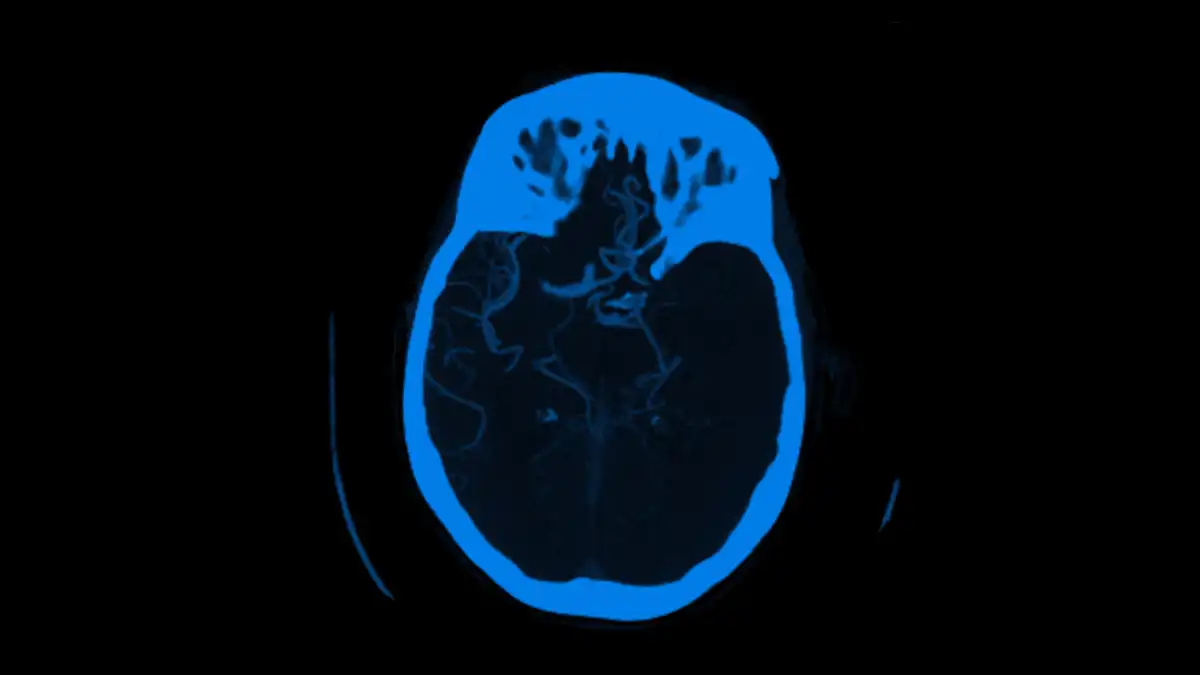
Viz™ ANEURYSM
Artificial Intelligence to Improve the Detection and Triage of...
Background Cerebral Aneurysms (CAs) may occur in 5-10% of the population. They can be often missed because they require a...
Feb 12, 2020

Viz.ai artificial intelligence (AI) software utilizes AI powered large vessel occlusion (LVO) detection technology which automatically identifies suspected LVO through CT angiogram (CTA) imaging and alerts on-call stroke teams. We performed this analysis to determine if utilization of this AI software can reduce the door-in to groin puncture time interval within the comprehensive care center (CSC) for patients arriving at the CSC for endovascular treatment.
We compared the time interval between door-in to groin puncture for all LVO transfer patients who arrived at our comprehensive care center for approximately two years prior to and after the implementation of the AI software in November of 2018. Using a prospectively collected database at a CSC, demographics, door-in to groin time, modified Rankin Scale at discharge (mRS dc), mortality rate at discharge, length of stay (LOS) in hospital, mass effect, and hemorrhage rates were examined.
There were a total of 188 patients during the study period (average age 69.26 ± 14.55, 42.0% women). We analyzed 86 patients from the pre-AI (average age 68.53 ± 13.13, 40.7% women) and 102 patients from the post-AI (average age 69.87 ± 15.75, 43.1% women); see Table 1 for comparison of baseline characteristics and outcomes. Following the implementation of the AI software, the mean door-in to groin puncture time interval within the CSC significantly improved by 86.7 minutes (206.6 vs 119.9 minutes; p < 0.0001); significant improvements were also noted in the rate of good recanalization (mTICI 2B-3) for patients in the post-AI population (p=0.0364).
The incorporation of the AI software was associated with a significant improvement in treatment time within the CSC as well as significantly higher rates of good recanalization for patients treated. More extensive studies are warranted to expand on the ability of AI technology to improve transfer times and outcomes for LVO patients.
Researcher:
Ameer Hassan , DO, FAHA, FSVIN
Publication:
StrokeDate Published: March 11, 2021
Mar 11, 2021